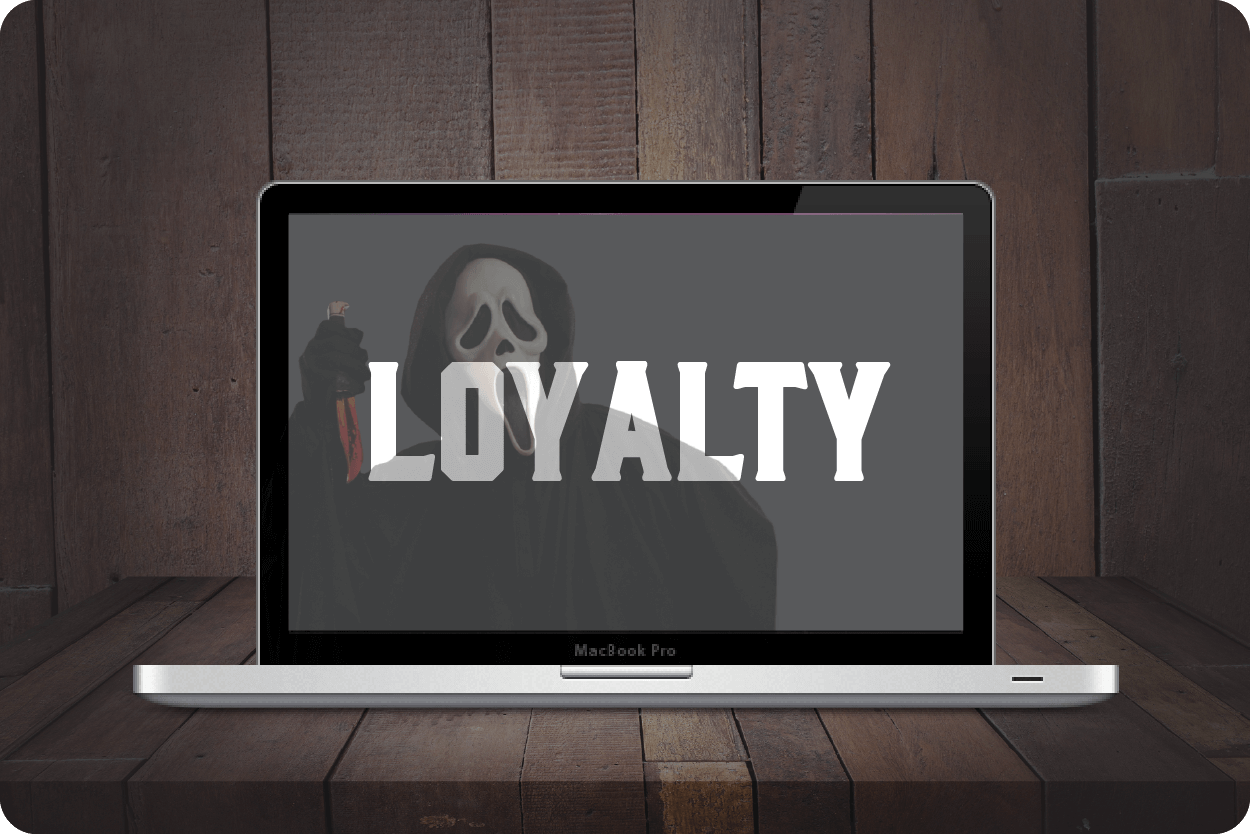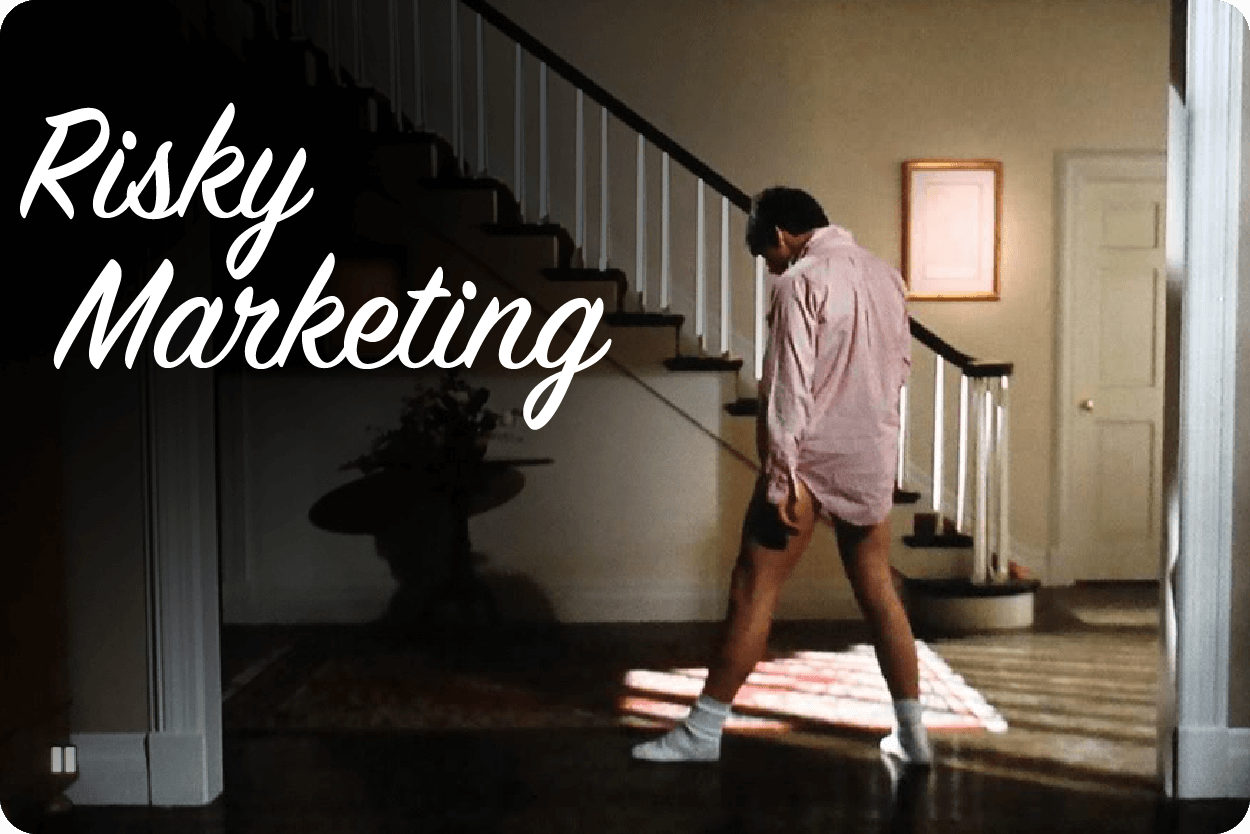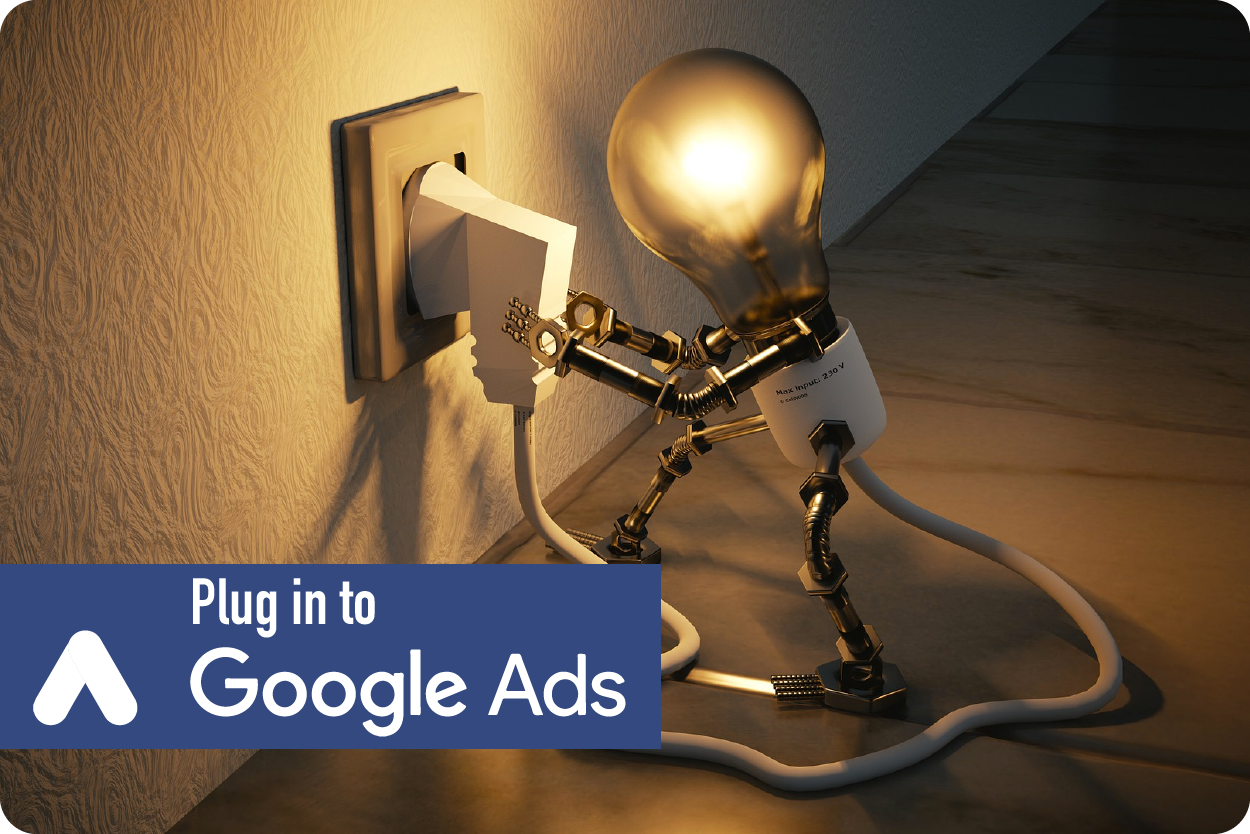2018
-

Digital Marketing, The (possible) Death of Loyalty
.
Throughout my blogs you will undoubtedly hear me preach the need for automation across all areas of marketing as well as any operation. Yet, there are negatives to automation.…
-

Blue Ocean vs. Red Ocean Marketing
.
I would assume very few houses have been erected without a plan. The truth is if you are looking to build a quality home, you do not just…
-

A Collection of the Best Sales and Marketing Memes
.
If you have met me in person, or read any of my blog previously, you will quickly find out that I am not a very serious person. I love…
-

Marketing Always Has Risks, So Take Them!
.
Whenever you decide to paint a room very few people just pick up a roller and start painting the entire room without looking at multiple swatches, or painting small spots…
-

Marketing to Millennials with a K.I.S.S.
.
My kitchen is absolutely hideous, like Jake from State Farm Hideous, my cupboards are painted dark green, which is probably the 5th layer of paint covering them at this…
-

Marketing the WHY and not the WHAT
.
When you host a dinner party and want to spread the word, how often do you say: come over to my collection of piping, wood, metal, and wire to…
-

How Price Transparency Builds Trust and Sales
.
After a large rainstorm, it became very evident that my gutters were no longer doing what they were intended to do. Unless water spilling over the edge of the…
-

4 Reasons To NOT Hire Search Engine Marketing Services
.
In home ownership, you always run into situations or small problems, that may be a simple fix but you are too scared to do it yourself. For many homeowners,…
